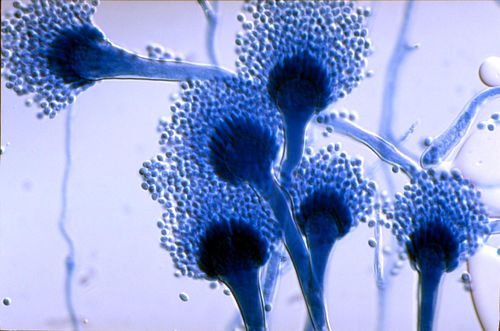More and more resistant fungi

Countries with azole-resistant fungi (Source: The Lancet Infectious Diseases)
Also fungi may develop resistance to the used antifungal agents. Because only a limited number of such agents is available, the chances that resistance will arise increase. Resistance to azoles (Candida and Aspergillus species), echinocandin (Candida) and also more and more multidrug travel fungi become known. The spread of azole-resistant Aspergillus fumigatus originating from agriculture and the growing threat of multidrug resistant Candida auris are both alarming. The resistance mechanisms of these fungi are based on altered drug-target interactions, drug efflux transport systems (whereby the concentration of the agent in the cell remains low) or on permeability barriers that the cell raises. These mechanisms are transferred to the still sensitive fungi and will make these resistant as well. As with antibiotic resistance in bacteria, an active and global program is heavily needed. This program should also focus on the accelerated development of diagnostics, improved monitoring of the use of antifungals and on clinical intervention teams. With the development of better diagnostics, more focused treatments can be arranged and the development of resistance can be prevented.

